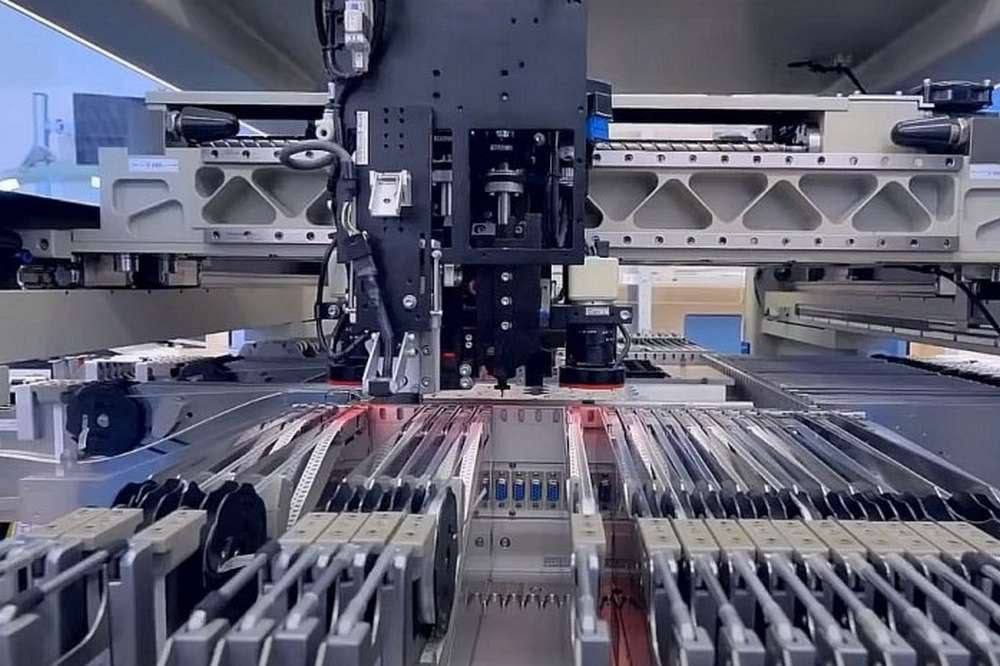Ukraine has recently obtained advanced industrial-level 3D printers from the United States, enabling them to produce crucial spare parts for military equipment.
William LaPlant, the US Under Secretary of Defense for Procurement and Maintenance, announced this delivery in August. He stated that Ukrainians completed training on operating these printers just last week.
During a speech at the Center for a New American Security, LaPlant stated, “Finally, last month we delivered these industrial 3D printers to them in Ukraine, and last week their training on working with this printer was completed.”
The official also mentioned the presence of a 3D printer as large as a truck. This massive printer allows Ukraine to manufacture all the required parts for various military applications, enhancing its self-sufficiency and operational capacity.
LaPlante pointed out that 3D printers on the Ukrainian side are a game-changer, as they expedite the restoration of frontline-damaged equipment and unlock fresh possibilities.

The official added that the capabilities of 3D printing are remarkable, and it extends beyond just speed. It enables the creation of parts that would be challenging or impossible to produce using traditional methods under normal conditions.
He suggested that following the commencement of the full-scale Russian invasion, Ukrainian specialists took matters into their own hands and started 3D printing parts even without the required authorizations and technical data packages.
The official remarked that in times of an existential threat to one’s country, concerns about intellectual property laws tend to take a backseat.
He further added that efforts were made to rectify this situation in collaboration with other countries, ensuring that Ukrainians now possess all the required technical data packages for their 3D printing needs.
This action aimed to provide them with the necessary resources to address the challenges posed by the conflict and support their defense efforts effectively.
However, the US official did not provide specific details regarding the number of these printers sent to Ukraine.
The Use Of 3D Printers In Ukraine Conflict
In the ongoing war, the advantages of 3D printing technology become abundantly evident, thanks to its remarkable adaptability and swift production capabilities. These merits substantially alleviate the logistical complexities of transporting essential resources to the frontlines.
Most 3D printers are compact and can be seamlessly installed in subterranean bunkers, an ideal scenario for facilitating wartime production.
Moreover, the inherent capabilities of 3D printing also offer a strategic advantage. This technology permits the efficient mass production of crucial components simultaneously across multiple locations.
Following the Russian invasion in February 2022, Ukrainian troops demonstrated resourcefulness by incorporating ammunition crafted with 3D printers. Additionally, these printers were employed to manufacture components, such as plastic shanks, to modify regular ammunition for release from drones and other devices.
As previously highlighted by The Economist, Ukraine has turned to “candy bombs” as a response to shortages in weapons and ammunition. The publication interviewed various amateur groups actively involved in this unconventional effort.
One specific group specializing in producing 3D-printed bombs has successfully manufactured over 30,000 of these devices within four months. The leader of that group, identified as “Swat,” emphasized that production is continuously on the rise.
Concurrently, another group crafting casings for 800-gram anti-personnel bombs shared that they currently produce around 1,000 per week. However, the group will increase this output to an ambitious target of 1,500 daily casings. These 3D-printed casings are subsequently filled with C4 explosives.
3D-printed items like these have their share of disadvantages; one notable drawback is their composition, often reliant on plastics, which can result in potential durability issues.
Moreover, due to their usual lack of mass production compared to conventional factory-made products, there is a likelihood that they could come with an elevated price.
However, when viewed within an emergency or crisis, these drawbacks appear minor compared to the considerable benefits they bring.
In a conflict situation, the advantages of rapid production, adaptability, and the ability to manufacture essential items locally often far outweigh material durability and cost concerns.
- Contact the author at ashishmichel(at)gmail.com
- Follow EurAsian Times on Google News